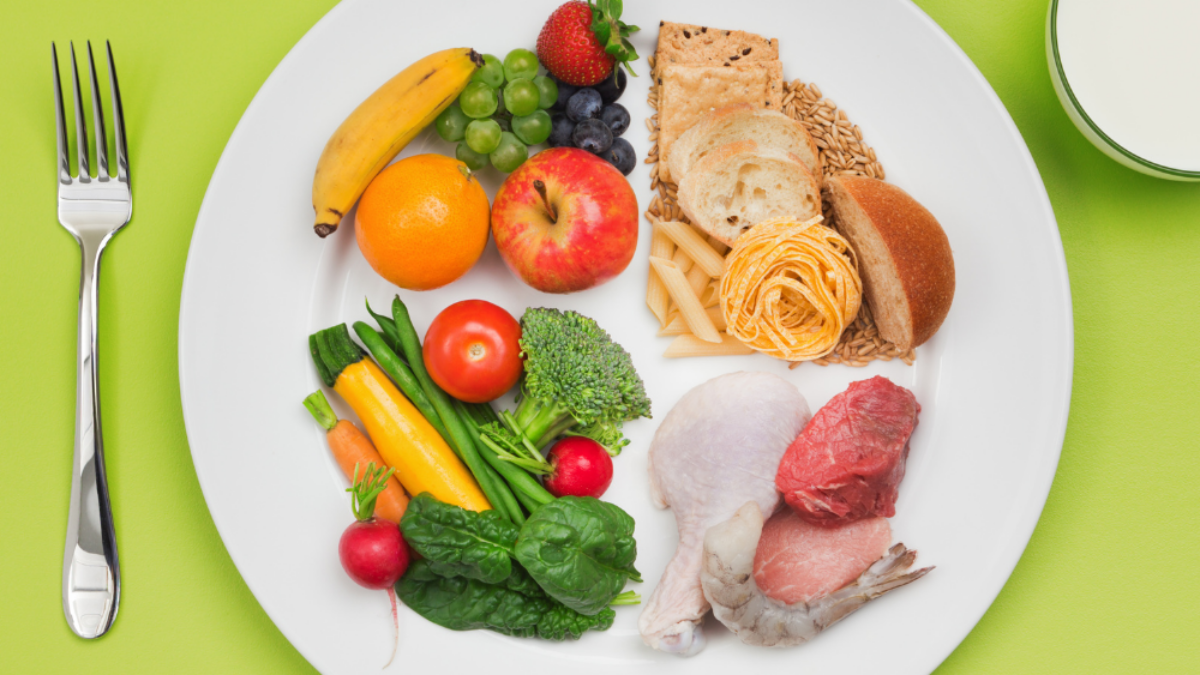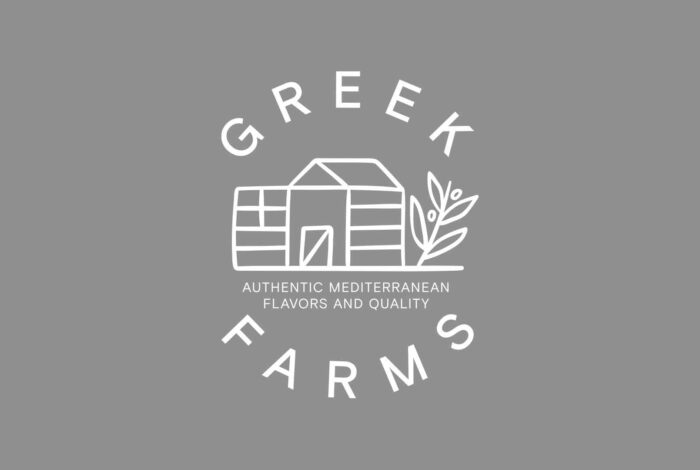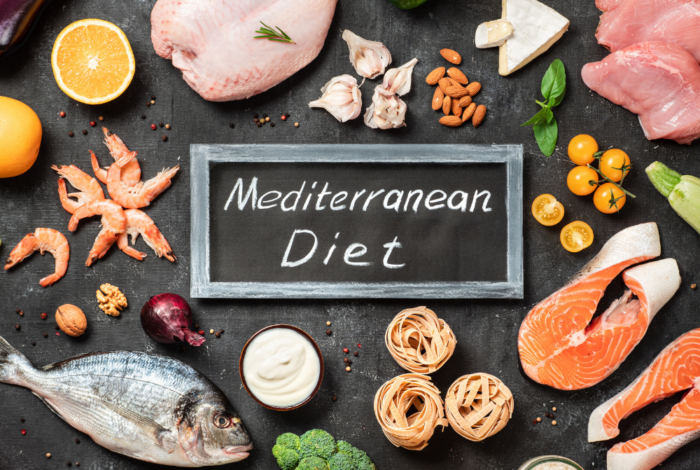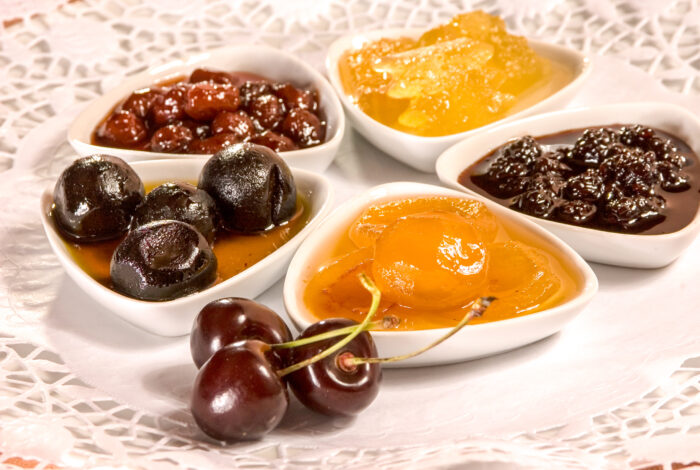The Mediterranean plate, as defined by the Mediterranean diet, is a healthy dietary model that focuses on consuming fresh and natural foods. Inspired by the traditions of Southern European countries, including Greece, this dietary model has been linked to numerous health benefits, such as a lower risk for cardiovascular diseases and longevity.
Vegetables and fruits – ½ of the plate
The largest part of the Mediterranean plate – about half – consists of vegetables and fruits. This food group provides abundant vitamins, antioxidants and dietary fibre. It is best to choose a variety of coloured vegetables and fruit, such as tomatoes, peppers, spinach, broccoli, zucchini and apples. Fresh, seasonal products are fundamental to the Greek Mediterranean diet, as they enhance the flavour and nutritional value of meals.
Whole grains – ¼ of the plate
Grains make up ¼ of the plate and these are rich in complex (minimally processed) carbohydrates and dietary fibre. Whole grain products, such as brown rice, oats, egg noodles and whole wheat bread, are best. These foods have a milder effect on blood glucose and insulin levels compared to processed grains, and ensure a steady supply of energy throughout the day.
Protein – ¼ of the plate
Protein comes mainly from fish, seafood, poultry, dairy products, legumes, nuts and seeds. Fish and seafood, such as salmon, sardines and octopus, are rich in omega-3 fatty acids which bolster cardiovascular health. Dairy products, such as yoghurt and cheese, also provide high biological value proteins and are rich in calcium, which is important for healthy bones and teeth. Legumes, such as lentils and beans, contain plant-based proteins and can be combined with grains for more balanced meals. Nuts and seeds are rich in “good” fats, but also contain plant-based protein. The consumption of red and processed meat is limited in this diet.
Healthy plant oils
Olive oil is the main oil used in the Greek Mediterranean diet, and is rich in the monounsaturated fats that support heart health. It is used in both salads and in cooking, adding a rich flavour and nutritional value to any dish.
Water and other drinks
Water is the main source of hydration. Moderate wine consumption (optional) is permitted, while sugar-sweetened soft drinks, beverages and packaged juices should be avoided or consumed in small quantities.
Conclusion
The balanced Mediterranean plate is a simple tool for everyday use and highlights the freshness, variety and nutritional value of meals. A balanced diet, dominated by vegetables, fruit, whole grains, healthy protein sources and good fats, is at the heart of an authentic Mediterranean meal. This balanced consumption of foods and the nutrients they contain helps to improve and maintain good health over the long term, and is at the core of the Greek Mediterranean diet.










